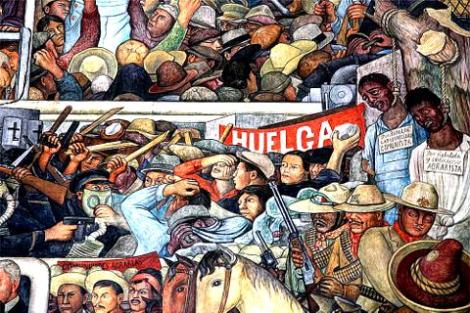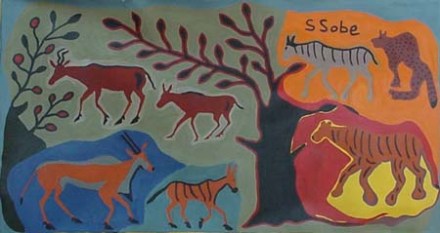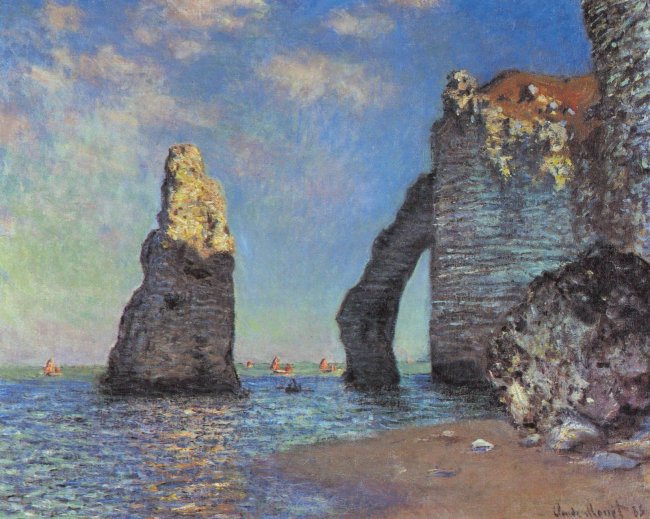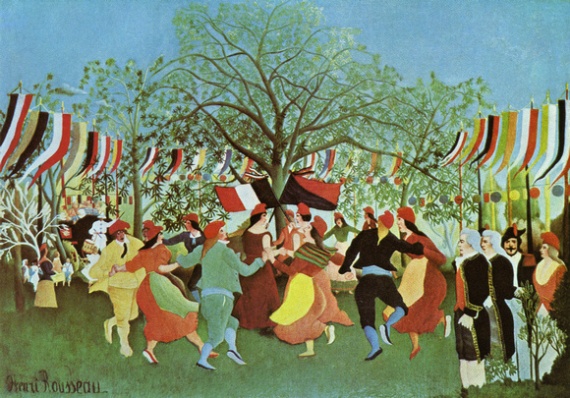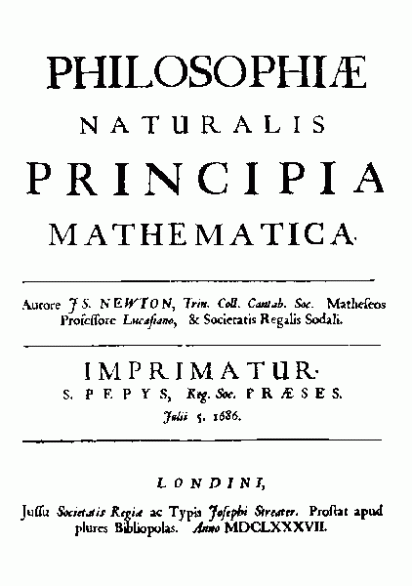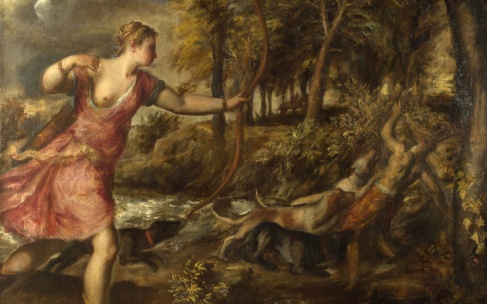
This piece is was done by Andy Warhol in 1977. BMW Came to Andy to create The color scheme for this M1 race car which raced the 24 Hours of Le Mans in 1979. The car was painted as an interpretation of speed, as if the car where going fast. All of the lines are abstract and blurred, like it was moving at high speed. This is one of the most iconic pieces of BMW Car Art, and is a priceless work created in just 23 minutes.

This work was created by Alexander Calder in 1975 by request of race car driver Herve Poulian. It is a BMW 3.0 CSL and was one of his last works of art before he died in 1976. Calder used different clashing colors which give the car an illusion of movement when it standing still, and adds to the over all flare of this car as a race car. This car also raced in the 24 hours of Le Mans, being one of the first art cars to race in this legendary event.

Ernst Fuchs was one of the first to create a BMW art car with a stock production style car, up to this point all of the cars where race cars not available to general public. He used a 1982 BMW 635 CSI for his work, and his designs where more centered around his emotions, and fears. This is a very unique and detailed piece and reflects his rich artistic background. This piece of work was designed to be a museum piece, and was never made to be driven, or raced.

Michael Jagamara Nelson was born in 1949 in Pikili Australia. He was raised in a traditional Aborigine village of the Warlpiri tribe. He left when he was 13 and alter studied art. He was most famous for his work with mosaics which can be reflected in his work with this 1989 BMW M3 Group A Race Car. The graphics of this car where centered around animals and landscapes in a semi abstract mosaic fashion.

On the more contemparary end of BMW car art is a work done by Jenny Holzer. Holzer was born in Ohio in 1950, and is most famous for her style of rejecting laguage traditional art. Her work was displayed on a 1999 BMW V12 LMR race car. While the car appears to be fairly traditional, and understated in artisitc design, it was never ment to be a loud and in your face kind of work rather grab attention through a series of phrases these are
“PROTECT ME FROM WHAT I WANT
THE UNATTAINABLE IS INVARIABLY ATTRACTIVE
YOU ARE SO COMPLEX YOU DON’T RESPOND TO DANGER
LACK OF CHARISMA CAN BE FATAL
MONOMANIA IS A PREREQUISITE OF SUCCESS
WHAT URGE WILL SAVE US NOW THAT SEX WON’T?”
This work was aimed at the general public and was designed to deliver her artistic ideas in the same way t-shirts, billboards etc expressed their ideas.

The final piece of BMW Car Art that I chose was done by Jeff Koons. This is my favorite piece of car of art because of the phenomenal amount of detail and modern abstract form put into one car, it truly stands out in the line up of cars at any Le Mans race. His work was done for BMW Motorsport’s racing devision when making their 2010 BMW M3 GT2 Race Car. The inspiration for this design was the raw performance of this machine. It was designed to reflect on the amount of technology and engineering that was put into this car. The car looks to be exploding with speed, and creates the illusion of the car passing through the work of art at high speed.


Works cited
“The BMW Art Car Collection.” The BMW Art Car Collection RSS. N.p., n.d. Web. 26 July 2013.
“BMW Art Cars.” BMW M1 Art Car from Andy Warhol. N.p., n.d. Web. 26 July 2013.
“Jeff Koons’ BMW Art Car Doesn’t Suck.” Wired.com. Conde Nast Digital, 31 May 0010. Web. 26 July 2013.
“A Look At BMW’s Most Sensational Art Cars.” Business Insider. N.p., n.d. Web. 26 July 2013.

